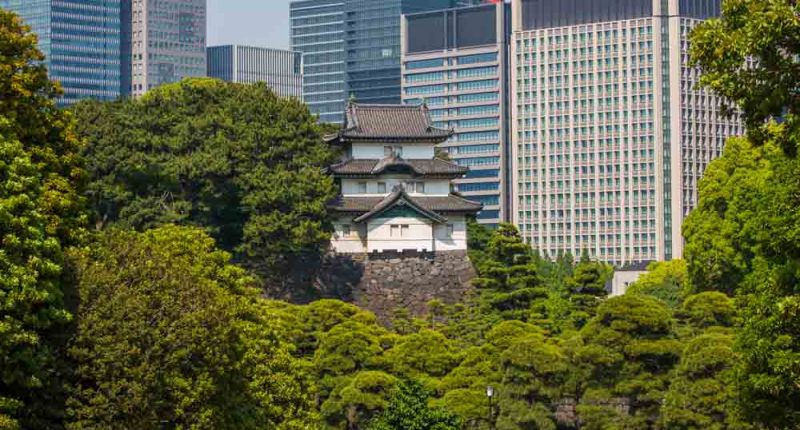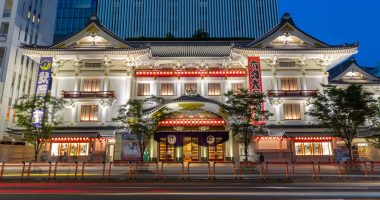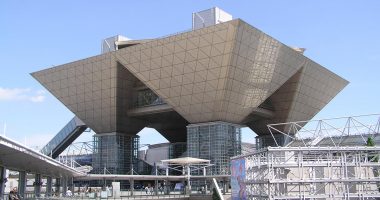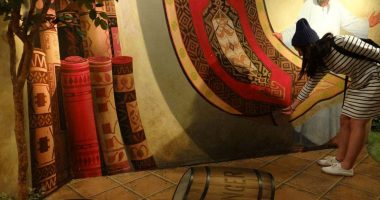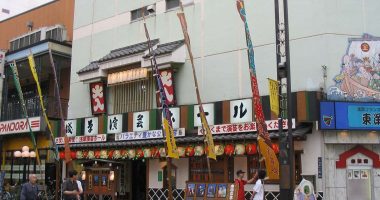Signing up for a tour of Tokyo Imperial Palace is one of those things that I had been meaning to do for a long time, but figured I could do anytime so never actually bothered to register.
For those not already aware, Tokyo Imperial Palace is not generally open to members of the public. The closest tourists can usually get to the inner grounds is Seimonishi Bridge to take a picturesque photograph of the famous Nijubashi with Fushimi-Yagura Keep in the distance. There are only two occasions each year when the inner grounds are open to members of the public: 2 January for the New Year’s greeting and the Emperor’s birthday.
The Imperial Household Agency does, however, offer 75-minute tours of a limited section of the inner grounds. It used to be the case that you needed to reserve a place via the official website; however, in a bid to accommodate the expected increase in tourism in the run up to the 2020 Olympics same-day registration has been possible since mid-2016.
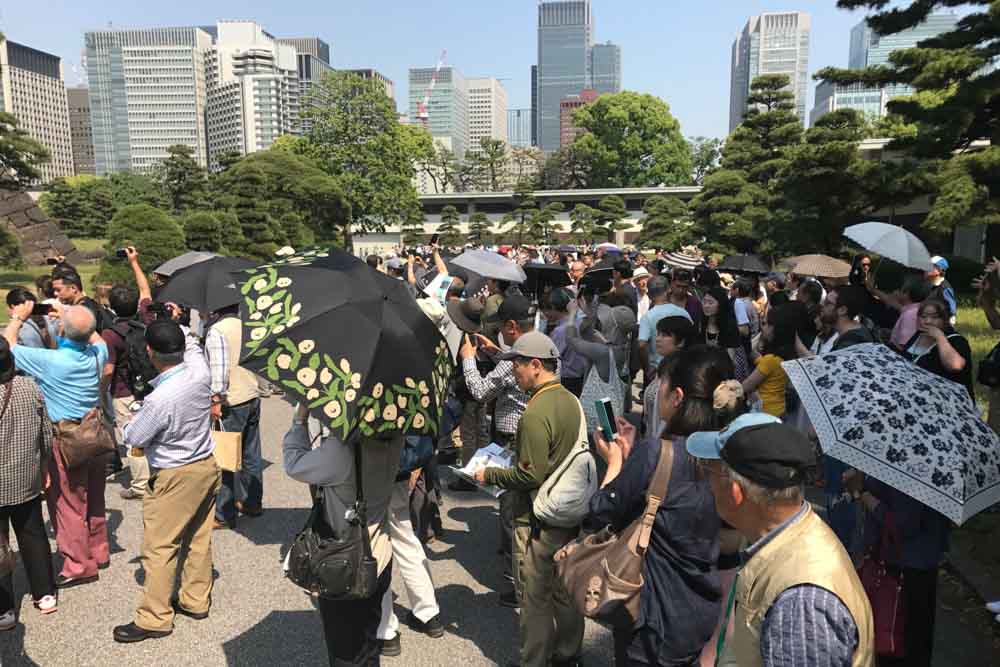
So what of the tour itself? Well, as I mentioned, it is a very limited tour. It is entirely outside; you will not be able to enter any of the buildings in the grounds. The tour departs in groups of over 100 people with the guide taking you past several buildings, explaining a little about the history of each through a portable megaphone.
Given the number of people participating in the tour and the wide open spaces in which the guide gives his introductions, unless you’re at the front of the group you’re going to struggle to hear anything. Audio guides are available in Japanese, English, Chinese, Korean, French and Spanish and can be download to iOS and Android via this link. They do also provide a pamphlet (and a sheet of A4 with translations) that give a one or two sentence explanation about each building, but the tour itself is only conducted in Japanese.
The tour starts from an administrative building near Kikyo-mon Gate. There is a security check before you go through, but there are no restrictions on photographs during the tour so you feel free to take your camera equipment (they only ask you to refrain from large group portraits—presumably because setting up tripods and the whatnot would hold everyone else up). The tour takes you past the following main buildings:
Mt. Fuji View Keep
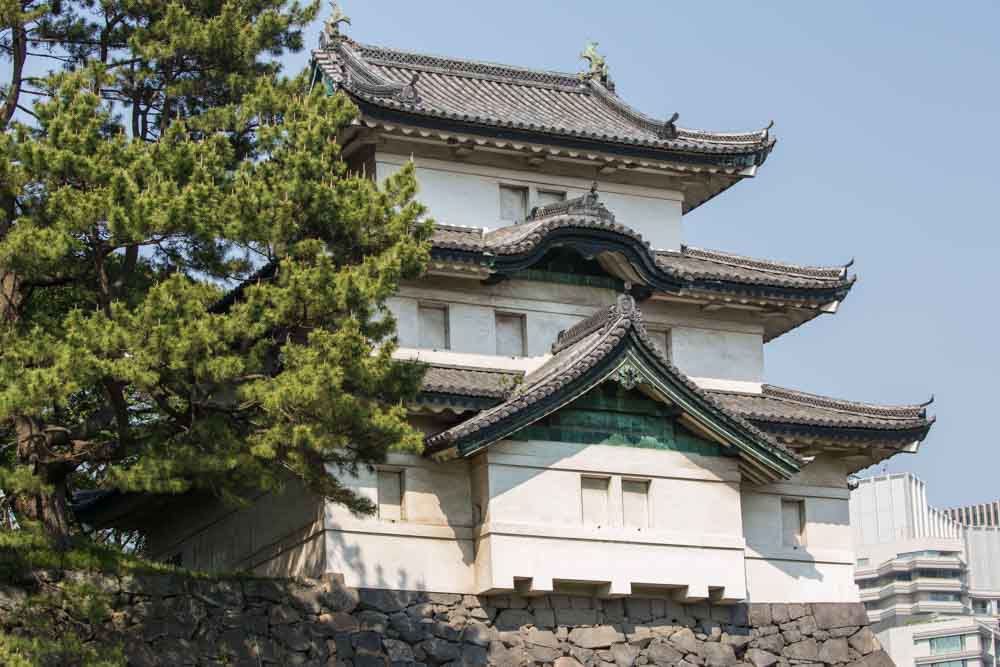
A 3-storey keep that has withstood much of what nature has thrown at it since its reconstruction in 1659. One of the oldest remnants of the former Edo Castle.
The Imperial Household Agency Building
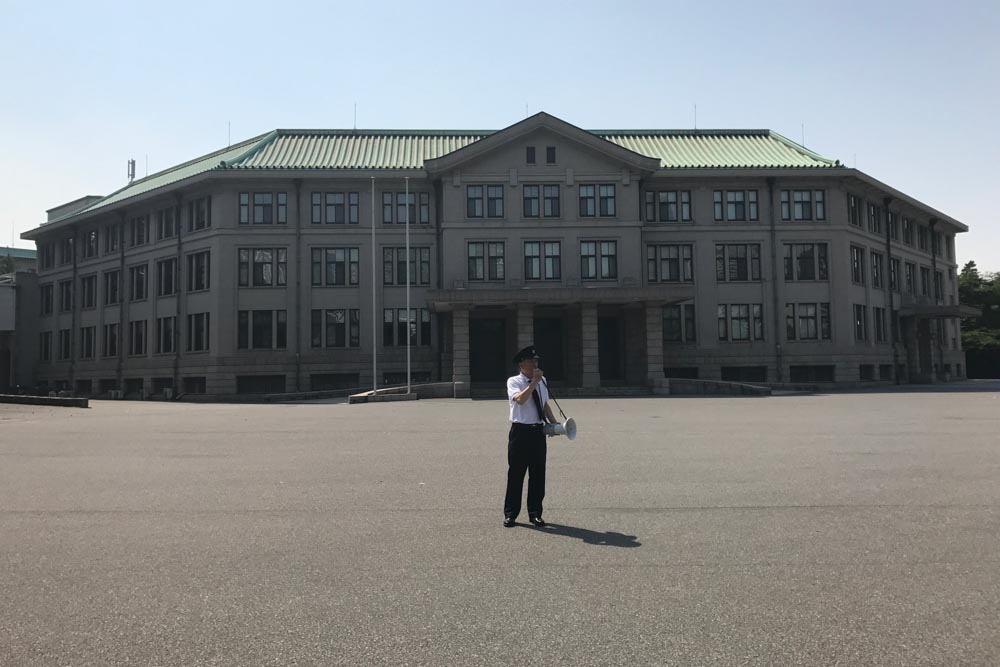
Head office of the Imperial Household Agency was built in 1935. It was used as the home of the family for some years after the war as reconstruction took place on the Imperial Palace.
Kyuden Totei Plaza
Perhaps somewhat surprisingly, the Imperial Palace itself is—whilst an impressive structure—maybe not what many are expecting. The main building that faces the plaza is called Chowaden (長和殿) a 160-meter long structure with a 100-meter balcony.
The balcony is a lot lower than the television images and newspaper photographs have many believe. The guide explained that images of the imperial family greeting flag-waving visitors on the special occasions when the grounds are open to the general public are deliberately taken from a lower position to give an impression of the balcony being more raised.

Nijubashi & Fushimi-Yagura Keep
These two structures will be familiar to anyone who has visited the Imperial Palace: the ornate stone bridge and the white castle-type structure in the distance that must rank among Tokyo’s most photographed buildings. This is the highlight for many, and is also the turnaround point. The route back takes a slight detour down Yamashita-dori between the Imperial Palace and the Imperial Household Agency building, but is more or less the same as on the way.
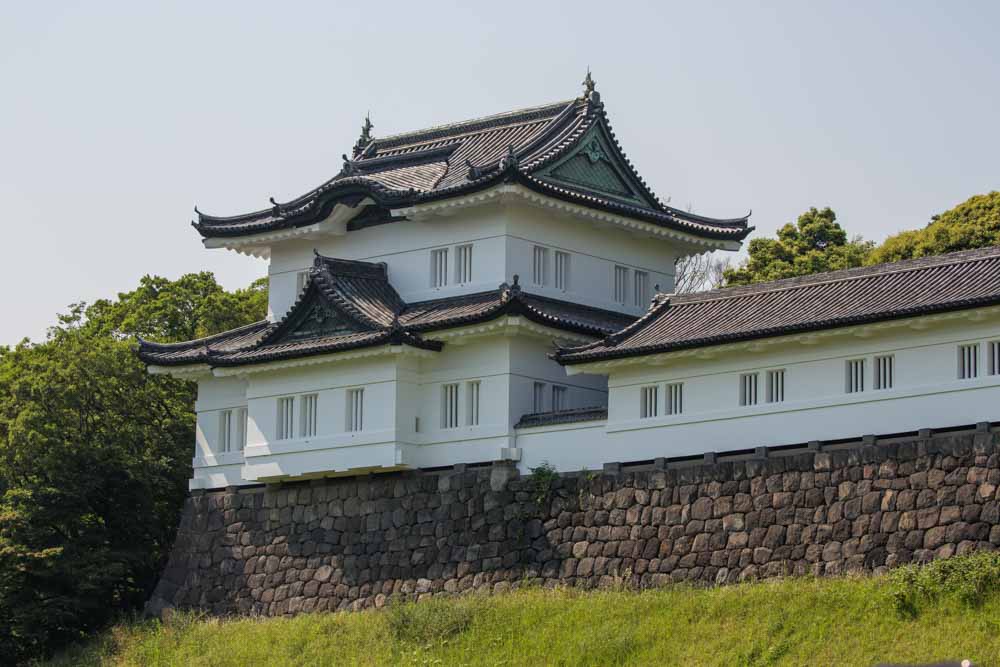
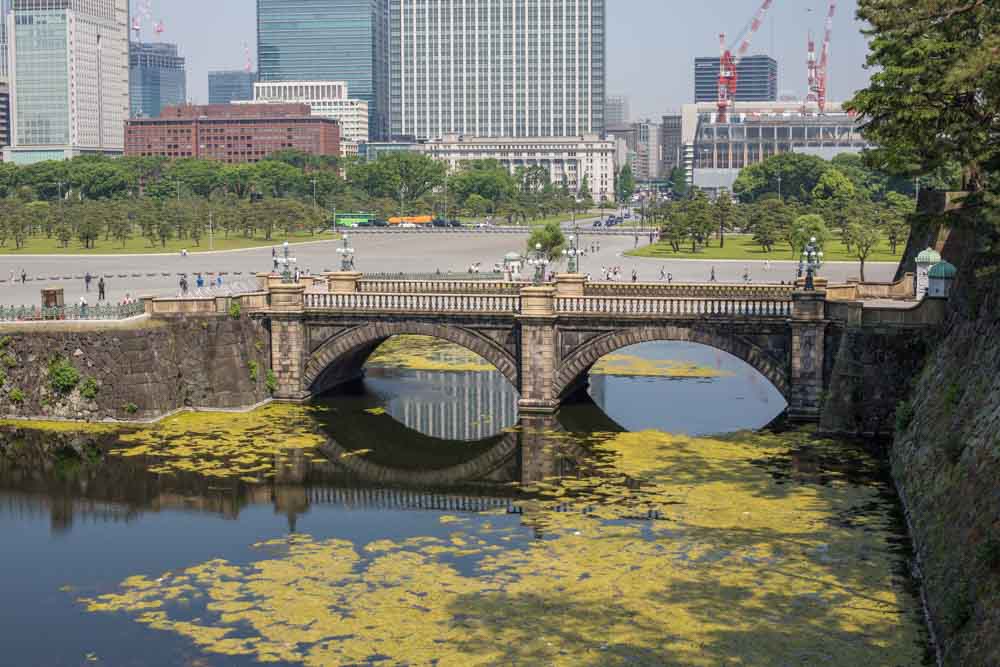
Incidentally, the best photograph opportunity on the tour is on the way back as you walk past the small slope that leads to the main building of the palace. Stop here and you can see a beautiful view of Mount Fuji Keep surrounded by greenery with the office buildings of Otemachi in the distance.
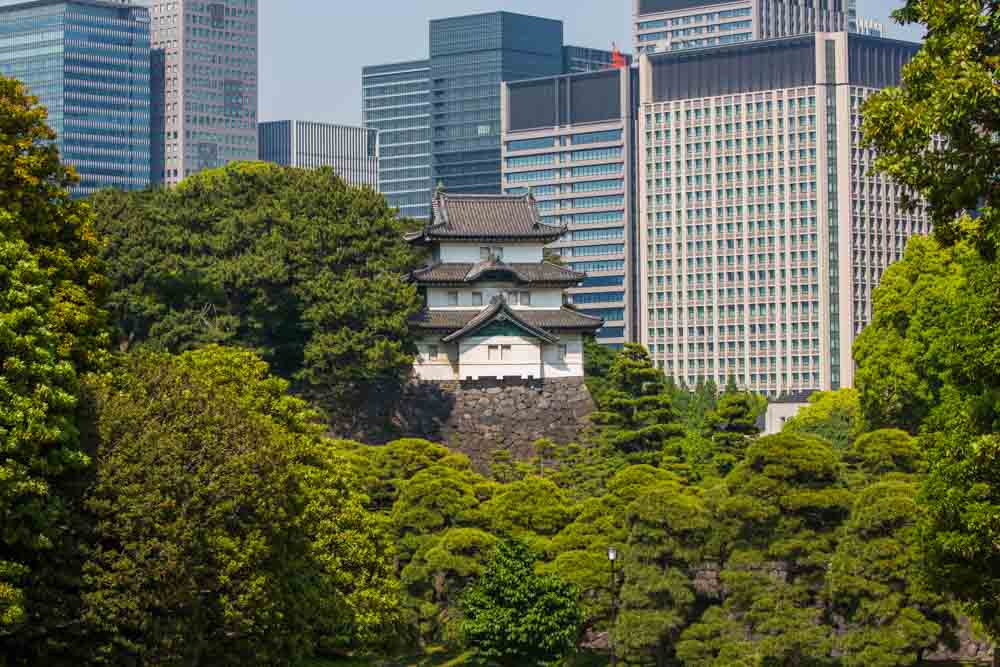
The tour is free and, although limited, provides a good glimpse inside the Imperial Palace. The explanations definitely put the tour into a better context so be sure to download an audio guide before you depart, as the pamphlets only give the briefest of descriptions.
